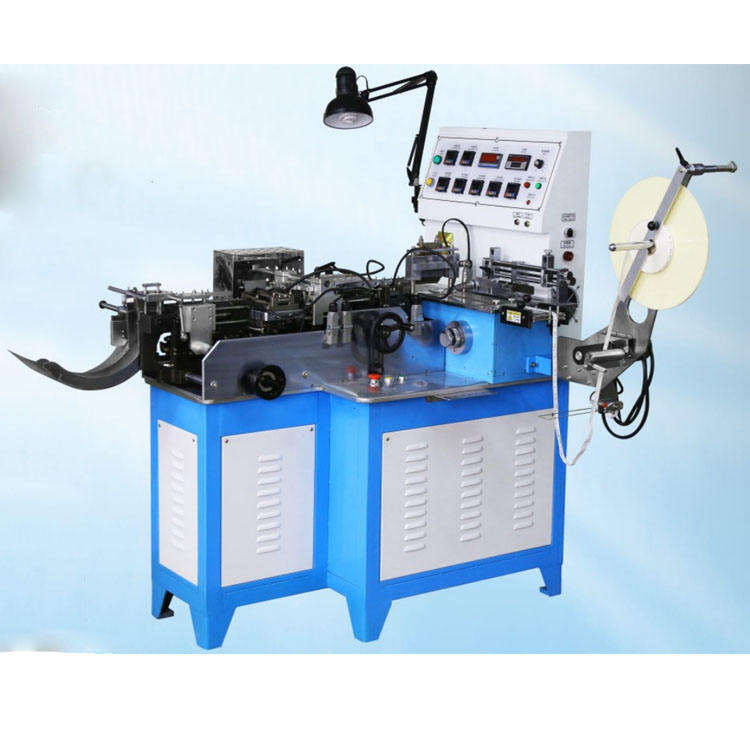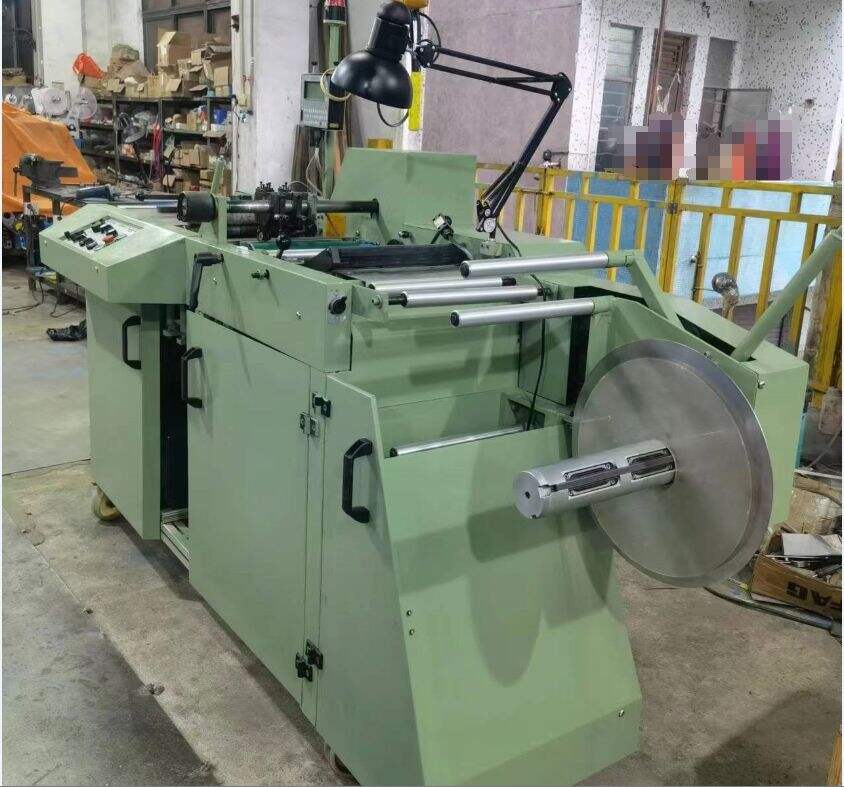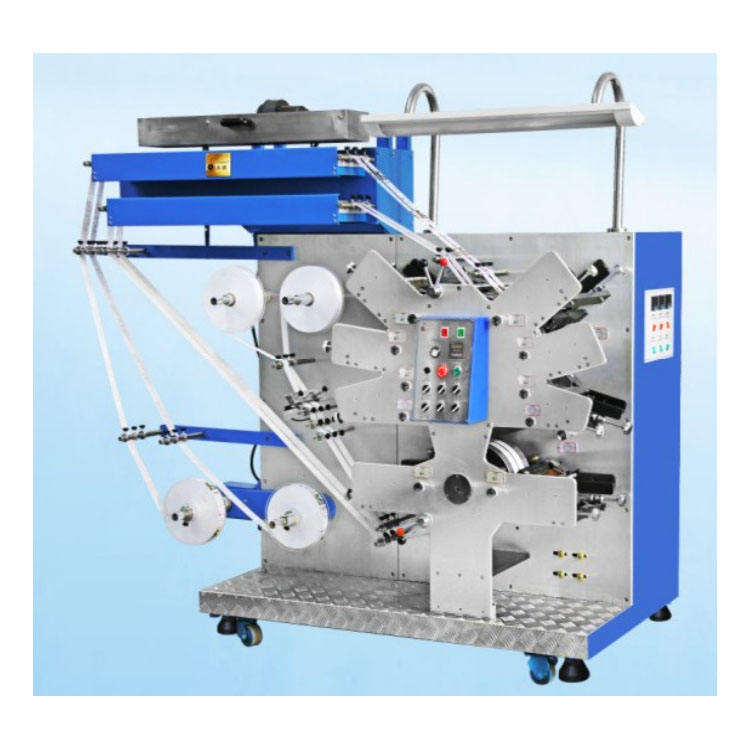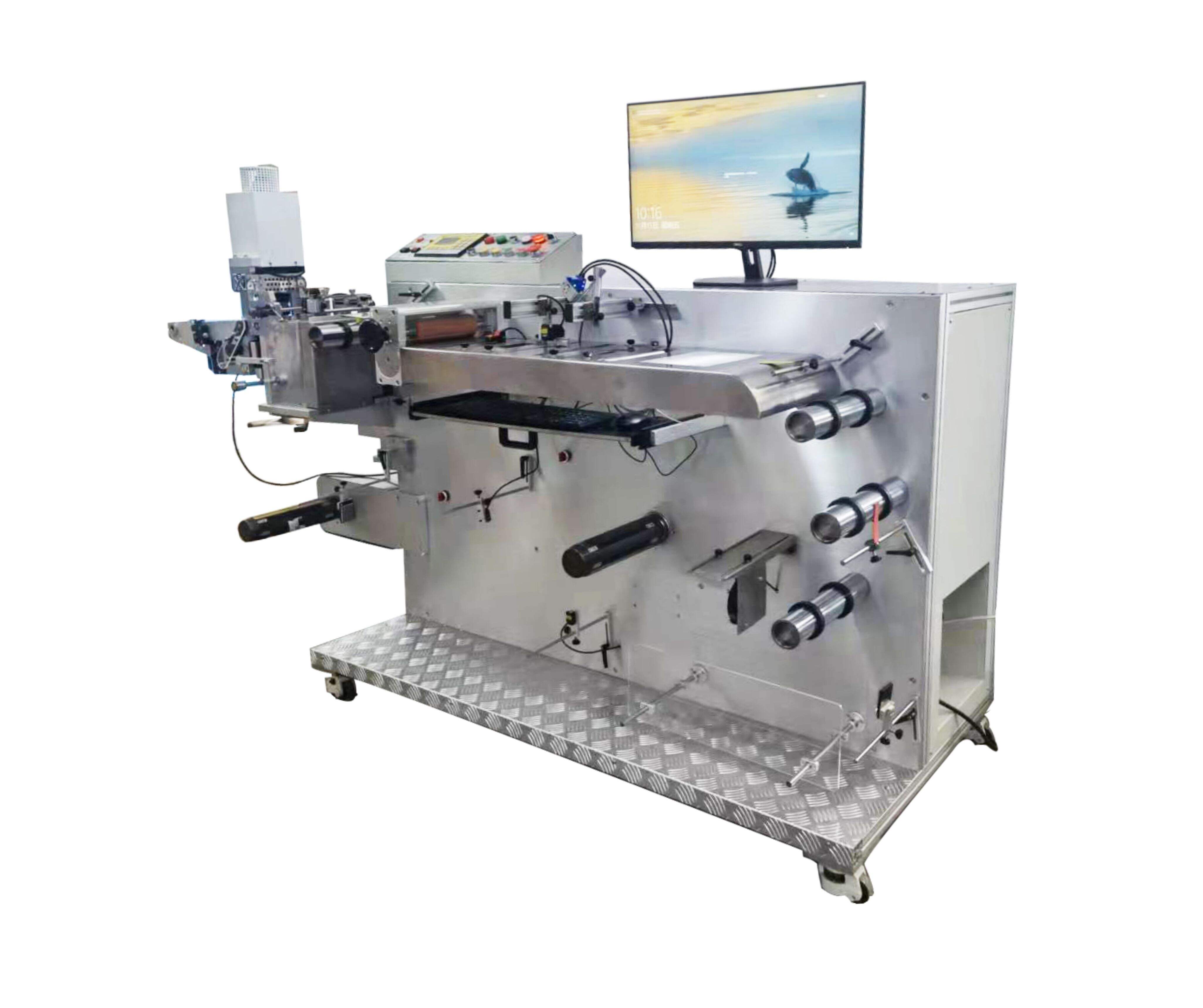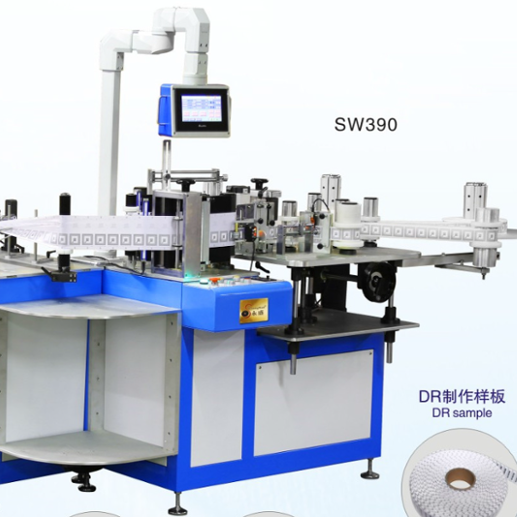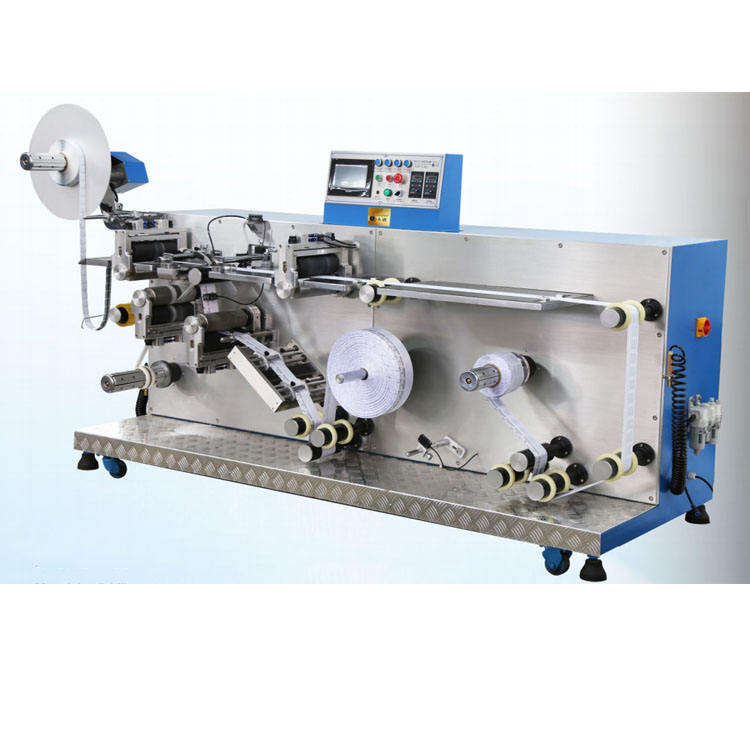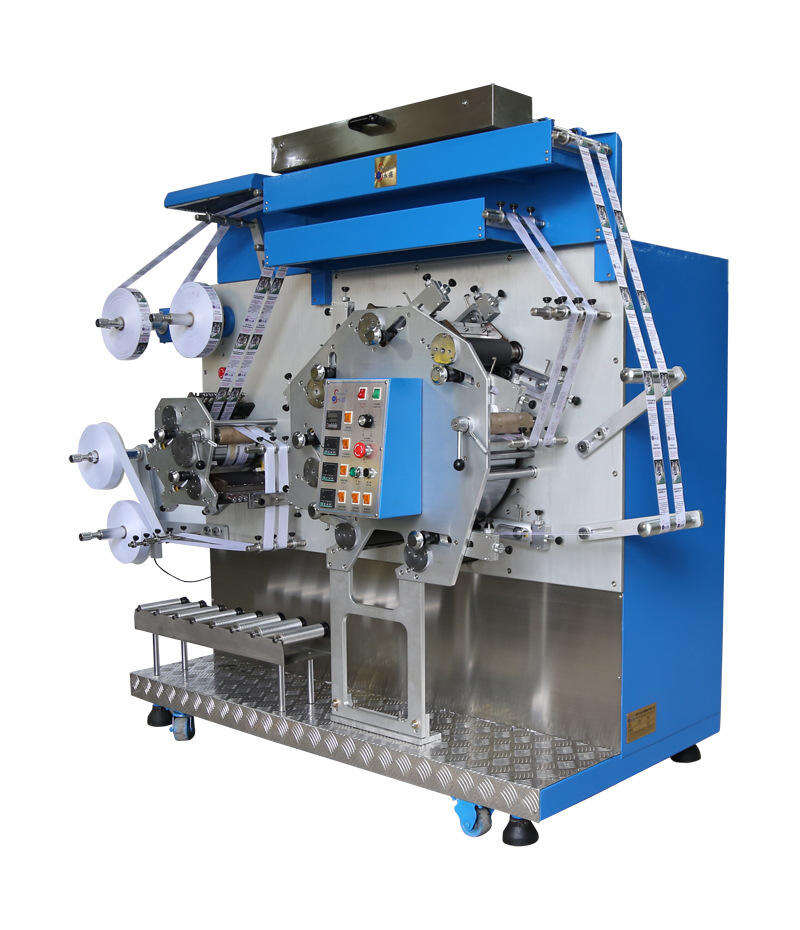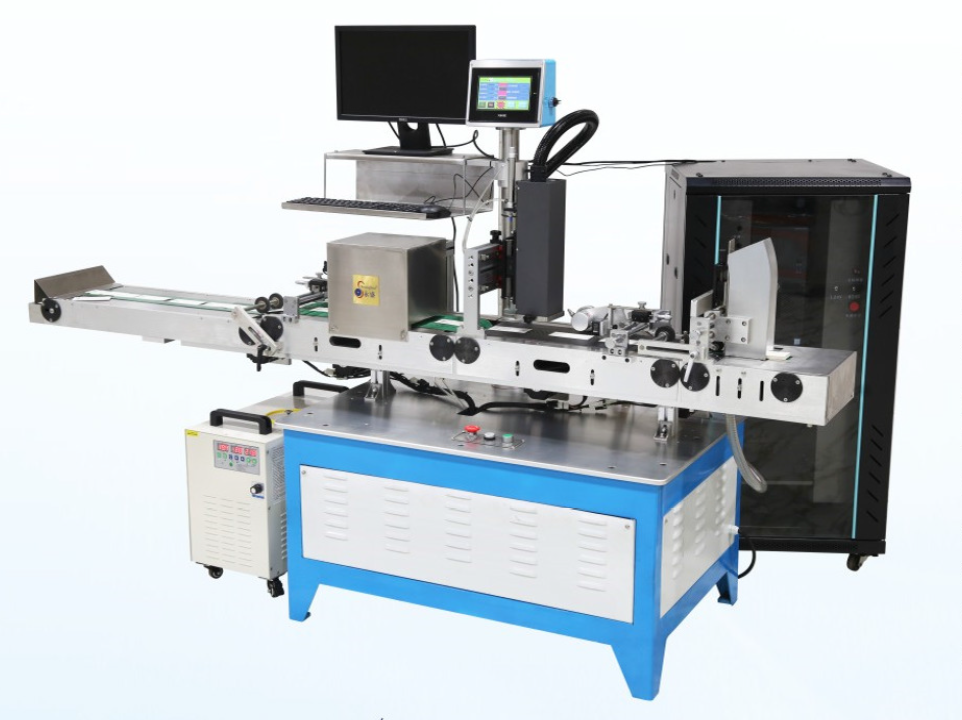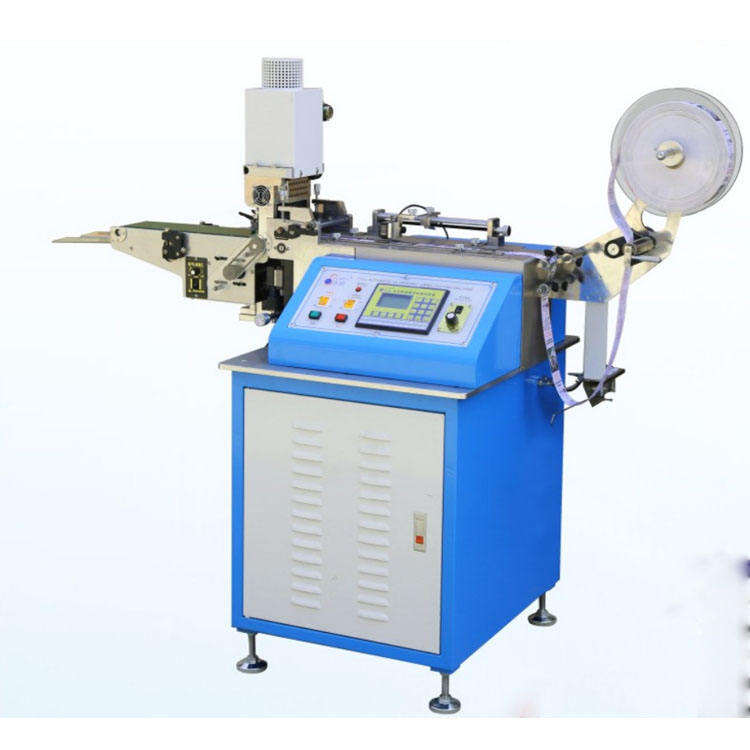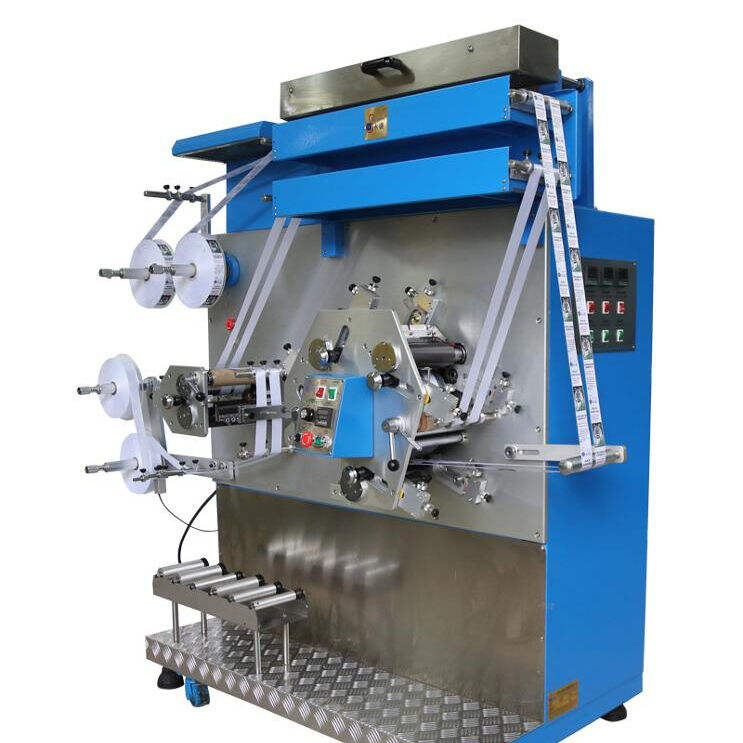What Is Screen Printing and How Does It Work?
Understanding Screen Printing: A Comprehensive Overview
Screen printing is a versatile and widely used printing technique that is ideal for creating bold, vibrant designs on a variety of materials. Whether for textiles, posters, or promotional items, screen prints have become an essential method in both commercial and artistic printing. But what exactly is screen printing, and how does it work? In this blog, we will delve into the process of screen printing, its history, and the types of screen prints that can be created using this method. We'll also explore why screen printing remains one of the most popular techniques in the printing world.
The Basics of Screen Printing
What is Screen Printing?
Screen printing is a method where ink is applied to a surface through a mesh screen, with the image being transferred through a stencil or screen. The screen acts as a filter, allowing the ink to pass through the areas that are not blocked, thus transferring the design onto the material below. The screen, which is typically made from a fine mesh fabric, holds the stencil in place to block out the areas where the ink should not go. This technique can be used on various surfaces, such as fabric, paper, wood, metal, and glass. Screen printing is a relatively straightforward process, but it requires precision to ensure that the design is accurately transferred. The process begins by creating a stencil, which is usually made of a photosensitive emulsion. The emulsion is applied to the screen and exposed to light, creating the stencil of the design. Ink is then pushed through the screen using a squeegee, ensuring that it is transferred to the substrate. The key to success in screen printing lies in achieving perfect registration, ensuring that the colors line up correctly during the printing process.
The Different Types of Screen Prints
There are several types of screen printing techniques, each suitable for different types of projects. The most common forms include traditional screen printing, rotary screen printing, and digital screen printing. Each has its own advantages, depending on the type of print job and the volume of prints required. Traditional screen printing is best for creating bold, multi-colored prints. It is the most common form of screen printing used for t-shirts, posters, and other custom prints. In traditional screen printing, each color in the design requires its own screen, making it ideal for projects that require multiple colors. Rotary screen printing uses cylindrical screens to allow for continuous printing, which is particularly useful for large-scale production runs. It is commonly used in textile printing for mass production of fabrics and garments. Digital screen printing, a newer innovation, combines digital printing technology with screen printing. This method offers quicker turnaround times and the ability to print complex, full-color designs with high precision.

The Screen Printing Process
Step-by-Step Process of Screen Printing
The screen printing process begins with the preparation of the screen, where the design is transferred onto the mesh. This is done by coating the screen with a light-sensitive emulsion and exposing it to light with a film positive of the design. The areas that are exposed to light harden, while the areas covered by the design remain soft. After rinsing the screen, the soft areas wash away, leaving a stencil of the design on the screen. Once the screen is ready, it is placed on the printing press. Next, the substrate, such as fabric, paper, or other material, is carefully aligned beneath the screen. Ink is then applied to the top of the screen, and a squeegee is used to push the ink through the mesh and onto the substrate. The squeegee must be pulled at an even pressure to ensure that the ink is evenly distributed. Once the print is complete, the material is dried to cure the ink and ensure it stays intact.
Key Factors for Success in Screen Printing
Several factors contribute to the quality of the screen print. One of the most important factors is screen tension, as a screen that is too loose or too tight can result in blurred or uneven prints. Proper screen preparation, including the creation of an accurate stencil, is another critical step for achieving high-quality prints. Additionally, the ink used in screen printing must be carefully selected to match the material being printed on. For instance, textile ink is ideal for printing on fabric, while UV ink is better for printing on non-porous materials. Furthermore, accurate registration is essential when printing with multiple colors. When printing multicolor designs, the different screens must align perfectly to ensure that the colors do not overlap or create misprints. This requires careful setup and precise control of the printing press.
Advantages of Screen Printing
High Durability and Vibrant Colors
One of the primary reasons screen prints are favored for various products is their durability. Screen printing uses thicker ink layers than other printing methods, resulting in prints that are more resistant to fading and wear over time. This makes screen printing ideal for products that will be used frequently, such as t-shirts and promotional items. The ink used in screen printing also tends to be more vibrant, producing bold and rich colors that stand out. Screen prints also offer excellent opacity, meaning that the printed design will not be affected by the color of the material underneath. This makes it possible to print on a variety of materials, from light fabrics to dark backgrounds, without worrying about the ink not showing up clearly.
Cost-Effectiveness for Large Runs
Screen printing is highly cost-effective for large production runs. Because the setup costs are higher initially due to the creation of screens, it is more efficient for bulk printing. For smaller print runs, other methods like digital printing might be more cost-effective, but for larger quantities, screen printing provides excellent value. The ability to print large volumes of high-quality products in a short time frame makes screen printing a preferred choice for businesses that need to produce large quantities of printed items.
Common Applications of Screen Printing
Screen Printing for Apparel
Screen printing is one of the most popular methods used in apparel printing. T-shirts, hoodies, and other clothing items are commonly printed using screen printing because the technique produces durable, high-quality designs that can withstand regular wear and washing. Custom screen prints are also popular for creating unique, personalized designs for events, brands, or team uniforms.
Screen Printing for Promotional Items
In addition to apparel, screen printing is widely used for promotional items such as tote bags, mugs, pens, and hats. These items are often branded with company logos or slogans, making screen printing an essential tool for marketing and brand awareness. The durability of screen prints makes them ideal for promotional products, ensuring that the designs remain intact for a long time.
FAQ
What materials can be used in screen printing?
Screen printing can be used on a wide variety of materials, including fabrics, paper, wood, metal, and glass. The type of ink and screen mesh used can vary depending on the material being printed on.
How do you ensure accurate registration for multicolor screen prints?
To ensure accurate registration, it is important to use a registration system that aligns the screens correctly. Additionally, using a printing press with precise control and conducting test prints can help fine-tune the registration process.
What is the difference between screen printing and digital printing?
Screen printing involves using a mesh screen and ink to transfer a design onto a substrate, while digital printing uses inkjet technology to print directly onto the material. Screen printing is ideal for large runs, while digital printing is better for small, complex designs.
How long does the screen printing process take?
The time required for screen printing varies depending on the complexity of the design and the number of colors. Simple, single-color designs can be printed quickly, while multicolor prints may require more time to set up and print.
Recommended Products
Hot News
-
Reflect On The Cultural Significance Of The Printing Press In Preserving And Disseminating Knowledge
2023-12-08
-
The Role Of The Printing Press In The Global Economy
2023-12-08
-
Environmental Impact: Analyzing The Environmental Footprint Of The Printing Industry
2023-12-08
-
The Frontier Of Printing: 3d Printing And Its Industrial Renaissance
2023-12-08
-
The Evolution And Impact Of The Printing Press
2023-12-08
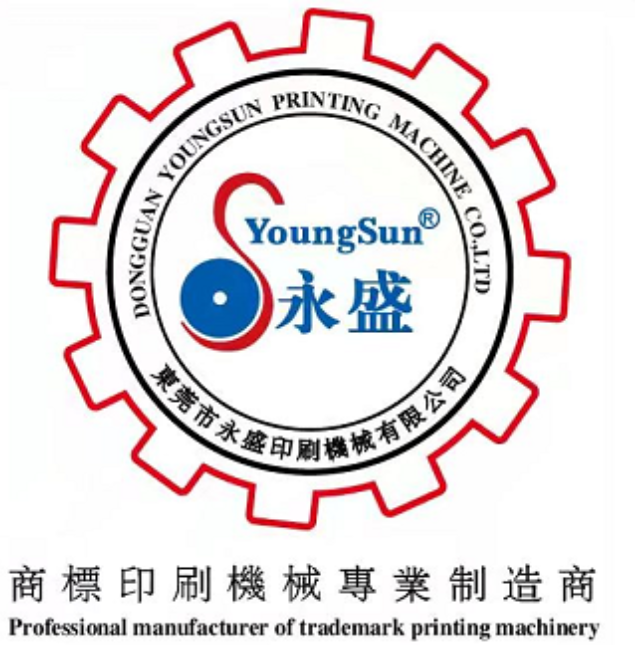
 EN
EN
 AR
AR
 CS
CS
 DA
DA
 NL
NL
 FI
FI
 FR
FR
 DE
DE
 EL
EL
 HI
HI
 IT
IT
 JA
JA
 KO
KO
 PL
PL
 PT
PT
 RO
RO
 RU
RU
 ES
ES
 SV
SV
 IW
IW
 ID
ID
 VI
VI
 SQ
SQ
 HU
HU
 MT
MT
 TH
TH
 TR
TR
 AF
AF
 GA
GA
 BN
BN
 BS
BS
 LO
LO
 LA
LA
 MI
MI
 MN
MN
 NE
NE
 MY
MY
 KK
KK
 UZ
UZ
 KY
KY
